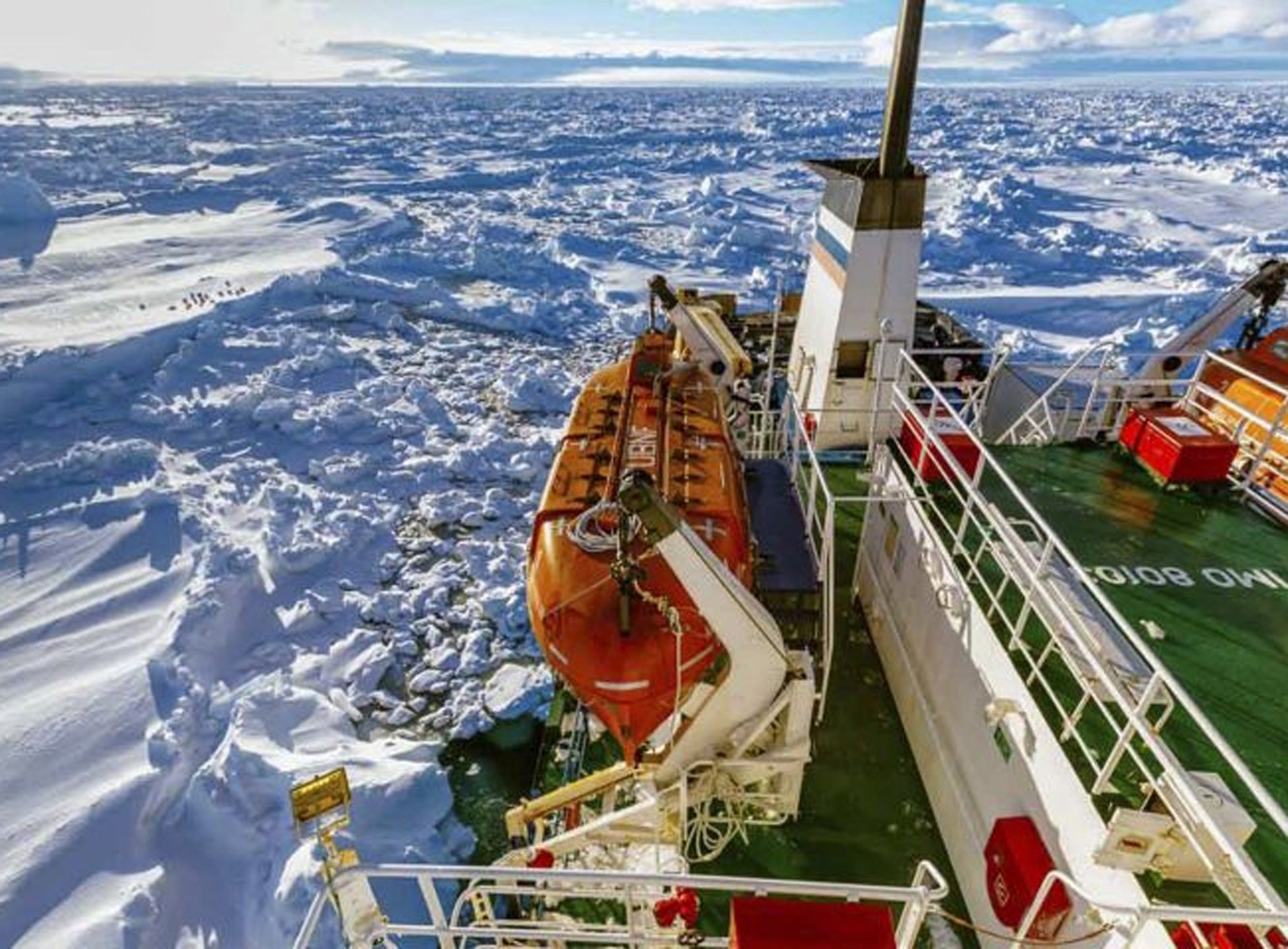Chinese icebreaker heads to rescue Russian vessel stranded in Antarctica

A Russian ship that has been trapped in thick Antarctic ice since Christmas Eve is on the verge of being rescued as a Chinese icebreaker named the Snow Dragon draws near.
MV Akademik Shokalskiy, which has been on a research expedition to Antarctica, became stuck on Tuesday after a blizzard pushed sea ice around the ship, freezing it in place.
Despite being unable to move, the vessel wasn't in danger of sinking and there were plenty of supplies for the 74 scientist, tourists and crew on board.
Maritime authorities received the ship's distress signal on Christmas Day and sent three icebreakers to assist.
By Friday afternoon the Snow Dragon had advanced to the edge of the sea ice surrounding the MV Akademik Shokalskiy, but still faced the task of making its way through 20 kilometres (12 miles) of dense pack ice.
The Snow Dragon was hoping to reach the vessel by Friday evening, but changing weather conditions and the thickness of the ice could slow its progress, said Andrea Hayward-Maher, spokeswoman for the Australian Maritime Safety Authority, which is coordinating the rescue.
Expedition leader Chris Turney said it may take the Snow Dragon until Saturday (28 December) to break through.
"We're all just on tenterhooks at the moment, waiting to find out [how long it will take]", Turney said by satellite phone. "Morale is really good."
The team on board the ship set out from New Zealand on 28 November and had been recreating Australian explorer Douglas Mawson's century-old voyage to Antarctica.
Turney said that they plan to continue the expedition once they have been freed.
Passengers and crew have had to deal with blizzard conditions, including winds up to 70 kilometres per hour (40 miles per hour), but the weather had calmed considerably by Friday, Turney said.
"The blizzard we had yesterday was quite extraordinary - it's not nice when you can feel the ship shaking," he said.
Despite their predicament, the scientists have continued their research while stranded, counting birds in the area and drilling through the ice surrounding the ship to photograph sea life.
Additional reporting by AP
Join our commenting forum
Join thought-provoking conversations, follow other Independent readers and see their replies
Comments